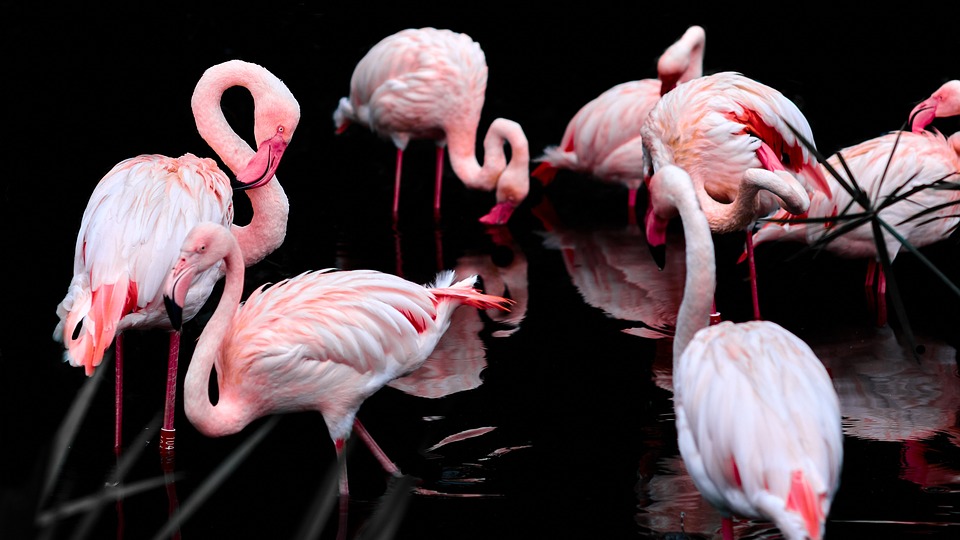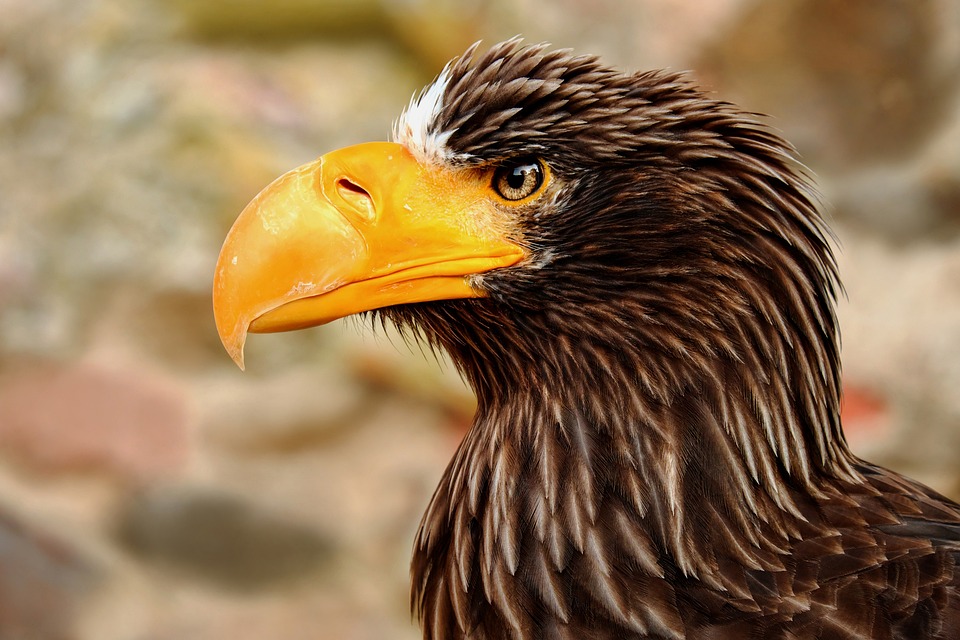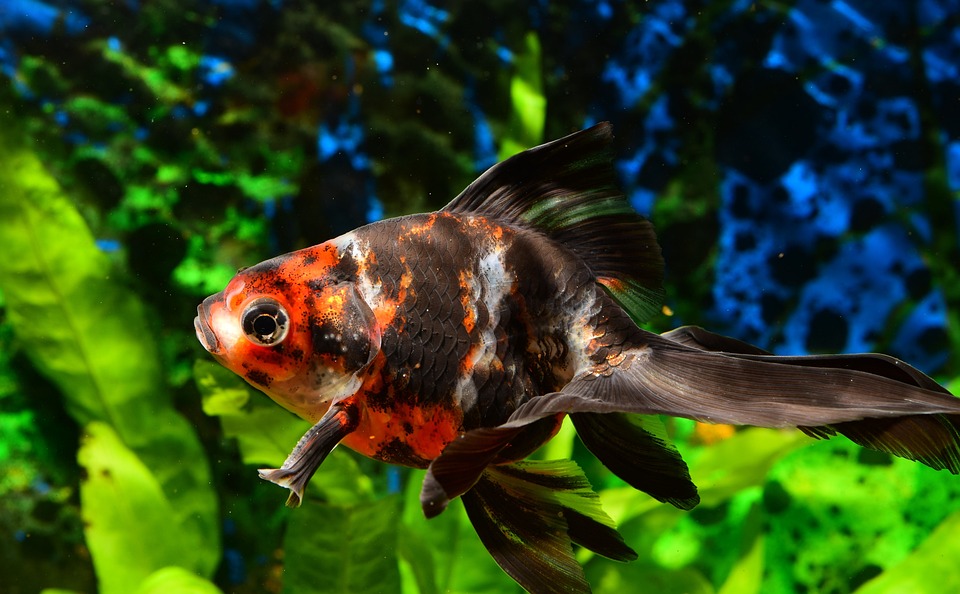As the extreme heat continues to break records in Southern Nevada, it is not just humans who are affected. Wildlife in the region also face challenges in coping with the scorching temperatures. Doug Nielsen from the Nevada Department of Wildlife highlighted that most native species tend to avoid the heat of the day and come out at night when it is cooler. This behavioral adaptation helps them survive in the harsh desert environment.
One example of wildlife activity during the night was captured on home surveillance video in Mt. Charleston. A mountain lion was seen roaming around in the early hours of the morning, followed by a fox. These animals are more active during the cooler nighttime hours to avoid the intense heat during the day.
Nielsen explained that native species, such as reptiles, adjust to the heat by seeking shade or burrows during the hottest parts of the day. While they can adapt to high temperatures, a more pressing issue for wildlife in the region is the lack of water. The severe drought in recent years has significantly reduced the availability of water sources for animals, leading to challenges for species like big horn sheep.
To address the water scarcity issue, man-made water developments have been strategically placed throughout Nevada since the 1960s. These structures are designed to trap and store rainwater, providing essential hydration for wildlife in arid environments. During the peak of the drought, the Nevada Department of Wildlife flew in tens of thousands of gallons of water to support struggling populations, such as the desert bighorns in the Muddy Mountains near Valley of Fire State Park.
Despite the current hot weather conditions, NDOW advises against leaving food or water out for wildlife. This can create dependency among animals, disrupt their natural instincts, and attract unwanted predators. Nielsen emphasized the importance of allowing wildlife to remain wild and self-sufficient, as they are equipped to survive in challenging environments.
While NDOW continues to monitor water levels in the man-made water sources, there are currently no plans to haul water for wildlife. The agency trusts that native species have the resilience and adaptability to endure tough conditions, even in the face of extreme heat and limited water resources.
In conclusion, the extreme heat in Southern Nevada poses challenges for wildlife, but native species have evolved mechanisms to cope with the harsh desert environment. Man-made water developments play a crucial role in supporting wildlife during drought periods, but it is essential to allow animals to rely on their natural instincts for survival. By respecting wildlife and their habitats, we can help ensure the well-being of Nevada’s diverse animal populations in the face of climate challenges.





